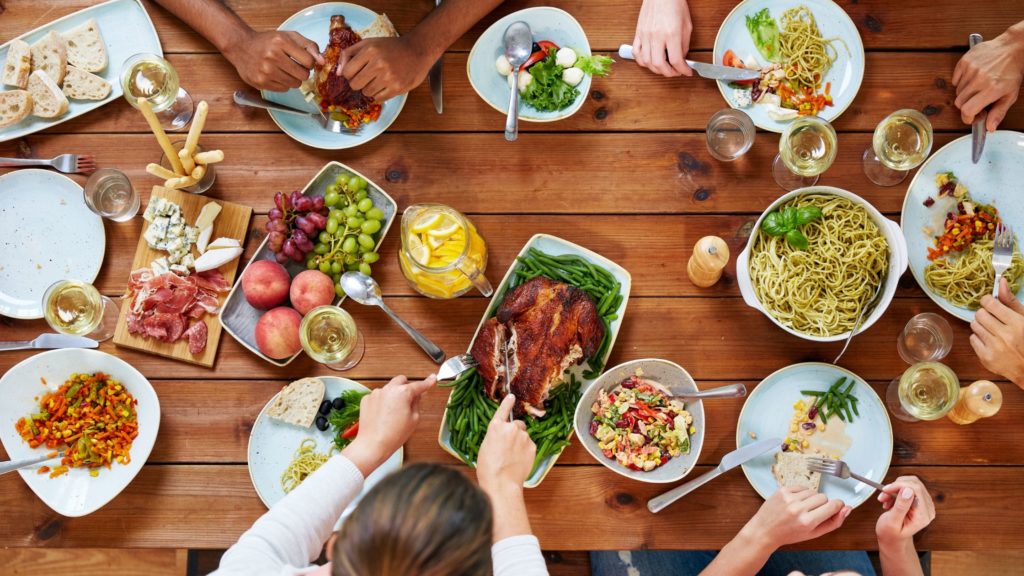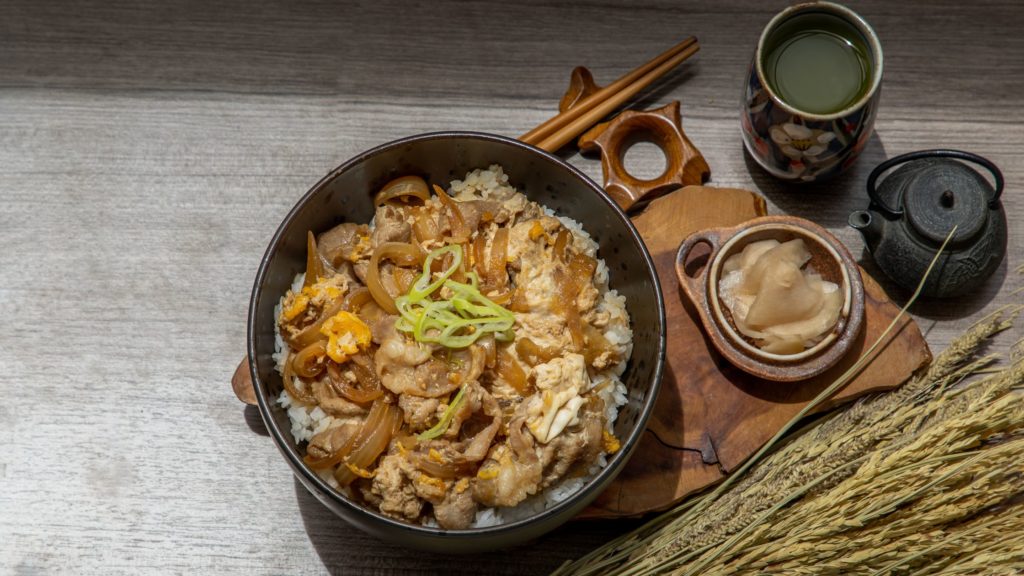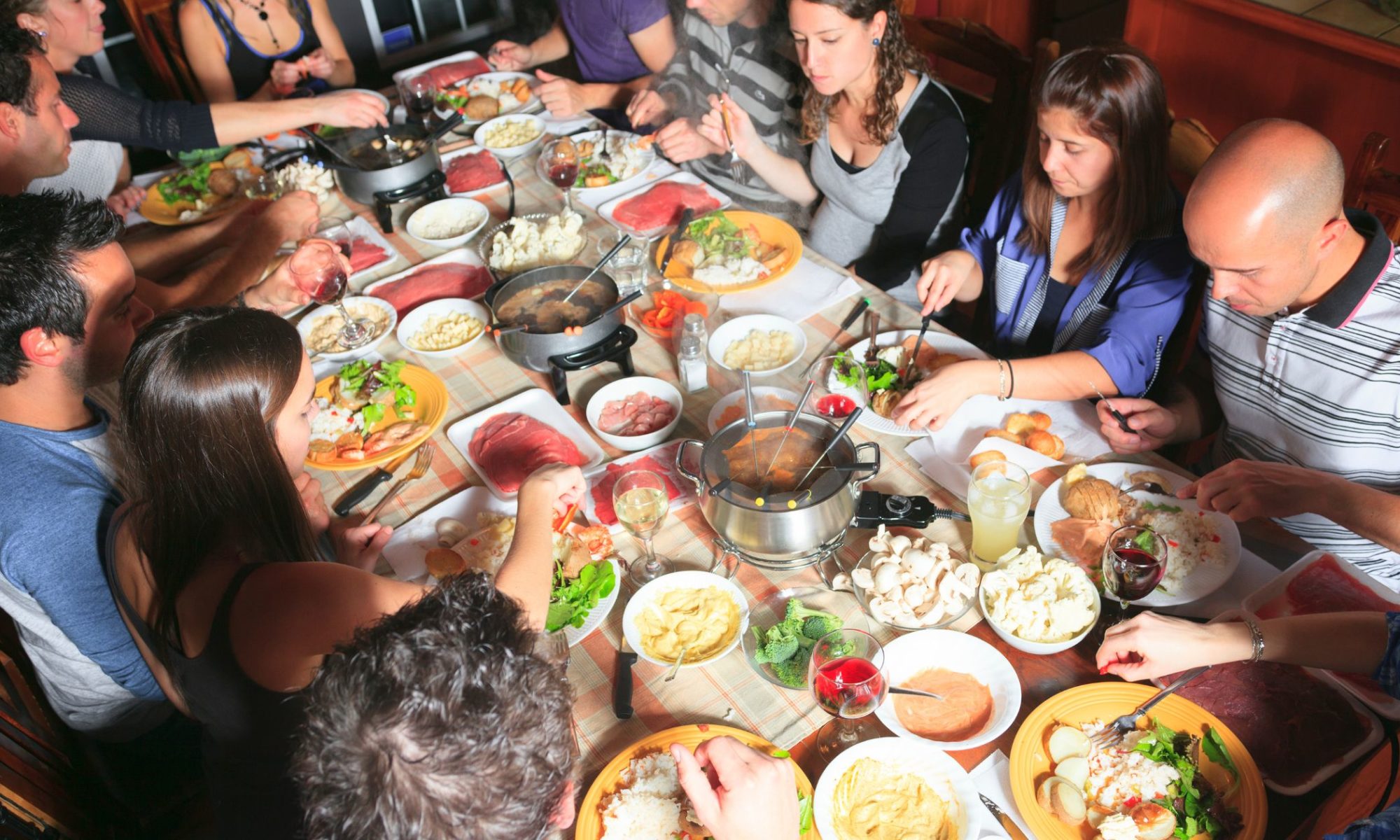Japanese cuisine, renowned for its intricate flavors, artistic presentation, and emphasis on balance, offers a captivating culinary experience that transcends mere sustenance. As the sun sets over the Land of the Rising Sun, a vibrant tapestry of flavors unfolds on dinner tables, reflecting Japan’s rich cultural heritage and deep connection with nature. From time-honored staples like rice and miso soup to elaborate multi-course kaiseki feasts, Japanese dinners are a harmonious blend of tradition and innovation. This article takes you on a gastronomic journey into the heart of Japanese dinner culture, shedding light on the diverse array of dishes, the regional nuances that shape them, and the cultural and social significance that makes every meal a celebration. Through the lens of Japanese dinner cuisine, we explore not only what the Japanese people eat but also the values, customs, and traditions that make their dining experience truly unique.
Traditional Japanese Dinner Staples:
At the core of a traditional Japanese dinner lies a collection of staples that form the foundation of the meal. These staples have deep historical and cultural significance, embodying the essence of Japanese culinary tradition.
1. Rice (Gohan):
Known as the soul of Japanese cuisine, rice is the centerpiece of virtually every dinner. Gohan, or steamed white rice, is meticulously prepared to achieve a perfect balance of stickiness and fluffiness. It serves as a neutral canvas upon which other dishes are enjoyed.
2. Miso Soup:
An integral part of Japanese meals, miso soup features a delicate blend of dashi (broth) and miso paste made from fermented soybeans. This umami-rich soup is often accompanied by ingredients such as tofu, seaweed, and scallions, providing warmth and comfort.
3. Pickled Vegetables (Tsukemono):
Tsukemono add a tangy and refreshing element to the meal. A variety of vegetables, ranging from cucumbers to daikon radishes, are pickled using techniques that have been refined over centuries, preserving the taste of the season.
4. Grilled Fish (Yakizakana):
Fish, a primary source of protein in Japanese cuisine, is often prepared by grilling (yakizakana) to achieve a crispy exterior and tender interior. It’s a harmonious balance of simplicity and flavor, reflecting Japan’s close relationship with the sea.

Diverse Main Courses:
The world of Japanese dinner cuisine is a treasure trove of diverse dishes, each with its own unique preparation, presentation, and regional variations. These main courses showcase the innovation and adaptability of Japanese culinary artistry.
1. Ramen:
Originating from Chinese cuisine, ramen has evolved into a beloved Japanese comfort food. It features wheat noodles served in a flavorful broth that can range from rich and pork-based tonkotsu to clear and soy-based shoyu.
2. Sushi and Sashimi:
Elevating dining to an art form, sushi and sashimi offer an exquisite experience of fresh raw fish. Sushi combines vinegared rice with various toppings, while sashimi showcases the purity of expertly sliced fish, often accompanied by wasabi, soy sauce, and pickled ginger.
3. Tempura:
With its roots in Portuguese cuisine, tempura is a culinary masterpiece of deep-fried seafood and vegetables coated in a light, airy batter. The result is a delightful contrast between crispy texture and tender ingredients.
4. Sukiyaki and Shabu-Shabu:
These communal hot-pot dishes epitomize shared dining experiences. Sukiyaki features thinly sliced meat, tofu, vegetables, and noodles cooked in a sweet soy-based broth. Shabu-Shabu involves dipping paper-thin slices of meat and vegetables into a simmering pot of broth.
5. Donburi:
Donburi, or rice bowls, offer a quick and satisfying meal. They consist of a bed of rice topped with ingredients like simmered beef (gyudon) or breaded pork cutlet (katsudon), often accompanied by a runny egg.
Also Read: What Is Donburi Japanese Food? Exploring Traditional Japanese Meals

Regional Specialties:
Japan’s varied topography and climate have given rise to a plethora of regional culinary delights, each offering a distinct perspective on flavors, ingredients, and preparation techniques.
1. Kaiseki:
Embodied in the refined art of kaiseki, this multi-course dining experience is a symphony of flavors and aesthetics. Rooted in Zen Buddhism, kaiseki meticulously balances seasonal ingredients and presentation, offering a glimpse into Japan’s culinary philosophy.
2. Okonomiyaki:
Hailing from Osaka and Hiroshima, okonomiyaki is a savory pancake with a base of batter and cabbage, customized with ingredients like pork, seafood, and vegetables. Often drizzled with okonomiyaki sauce and mayonnaise, it’s a beloved street food.
3. Takoyaki:
A street food sensation from Osaka, takoyaki are golf ball-sized spheres of batter filled with octopus pieces. Cooked in a special mold, they’re served hot, drizzled with takoyaki sauce, and topped with bonito flakes and seaweed.
4. Hokkaido Cuisine:
The northern island of Hokkaido boasts a cuisine influenced by its cold climate. Seafood, dairy products, and hearty dishes like soup curry and miso ramen take center stage, showcasing the region’s unique flavors.
Fusion and Modern Innovations:
Japanese dinner cuisine is not only a testament to tradition but also a canvas for innovation, as global influences and changing lifestyles shape the culinary landscape.
1. Western Influence:
The interaction with Western cultures brought ingredients like bread, butter, and even mayonnaise into Japanese cuisine. Dishes like “katsu sandos” (breaded cutlet sandwiches) and “omelette rice” (omurice) showcase the fusion of flavors.
2. Izakayas:
These casual dining establishments serve as hubs for social interaction, offering an array of small dishes meant to be enjoyed with drinks. Izakayas highlight the convivial nature of Japanese dining, featuring dishes like yakitori (grilled skewers) and edamame.
3. Convenience Culture:
The modern pace of life has given rise to convenience stores offering a diverse range of ready-made meals and bento boxes. These boxed meals often include a balance of rice, protein, and vegetables, catering to busy urban lifestyles.
4. Health and Dietary Trends:
With a growing focus on health and wellness, Japanese dinner cuisine has adapted to accommodate dietary preferences and restrictions. Menus now offer vegetarian and gluten-free options, and there’s a renewed emphasis on locally sourced and organic ingredients.
Cultural and Social Aspects:
Japanese dinner culture goes beyond mere sustenance, playing a pivotal role in social dynamics, familial bonds, and the celebration of traditions.
1. Family Dinners:
The act of gathering around the dinner table remains a cherished tradition, fostering family unity and communication. Home-cooked meals often feature a variety of dishes, encouraging communal sharing.
2. Business Culture:
Dinners have long been utilized for building professional relationships and networking. Business dinners, known as “nomikai,” provide opportunities for colleagues to bond outside the office, facilitating team cohesion.
3. Seasonal Celebrations:
Japanese dinner cuisine is interwoven with the nation’s festivals and cultural events. Oshogatsu, the New Year’s celebration, features special dishes like ozoni (soup with mochi) and otoso (spiced sake) to usher in good fortune.
As we delve into the cultural, social, and ritualistic dimensions of Japanese dinner cuisine, we discover a realm where food becomes a conduit for connection, expression, and exploration. The fusion of traditional wisdom with contemporary creativity renders Japanese dinners not only a feast for the palate but also a window into the heart of Japan’s rich heritage.

